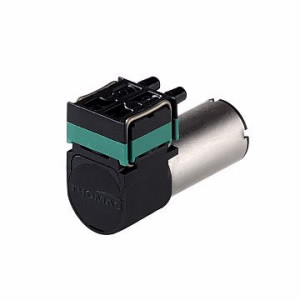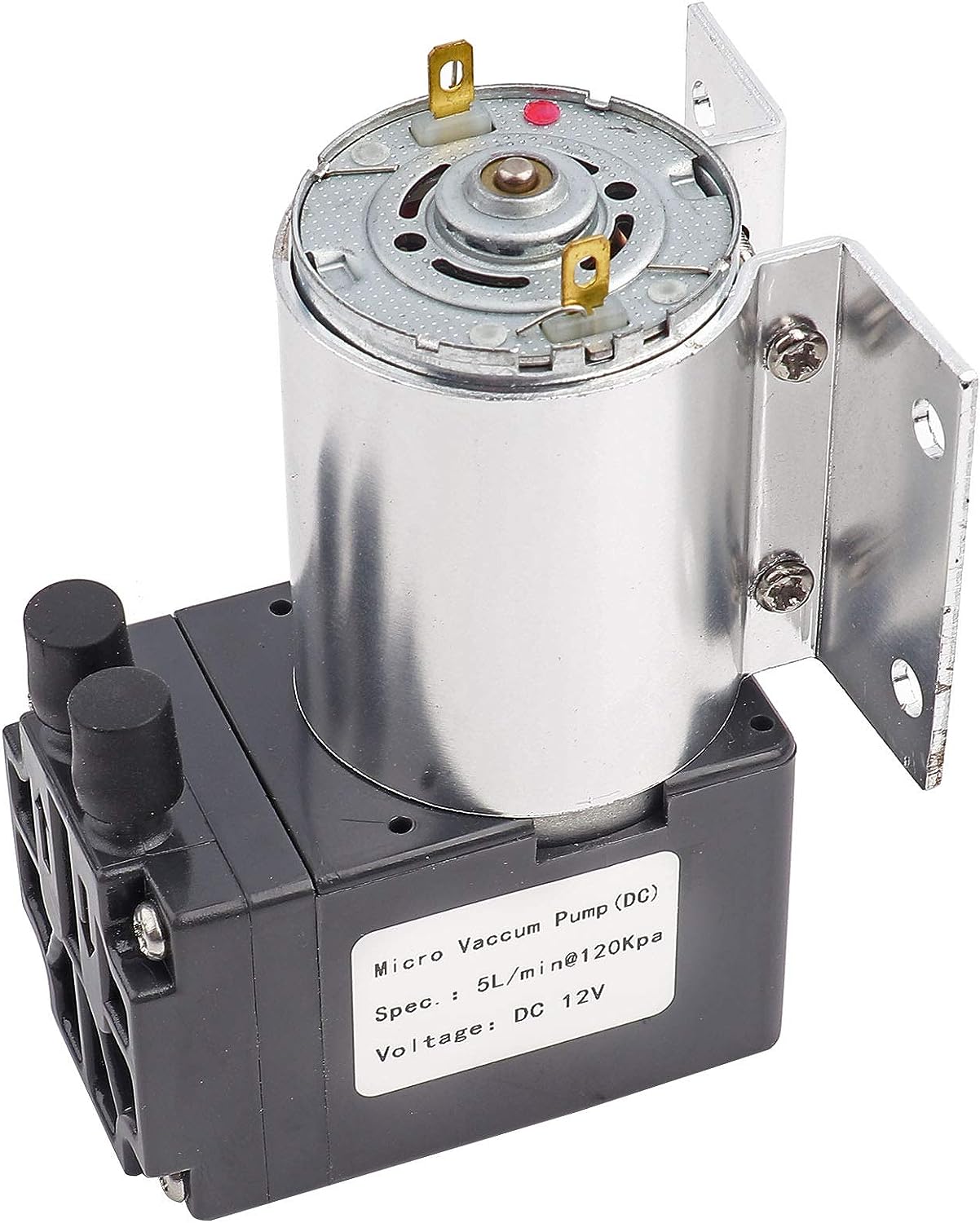Product Description
Advantage:
1. Impact instructure
2. Small volume
3. Low noise
Using range:
Metallurgy, Chemical industry, Electric and light vacuum, Vacuum coating, Food packaging, Medicing, Laboratory, Electronics, etc.
Product Details:
| model | Pumping speed (L/s) | Limit pressure (pa) | Power(kw) | Inlet | Weight |
| 2XZ-0.25 | 0.25 | 0.6 | 0.12 | 10 | 15 |
| 2XZ-0.5 | 0.5 | 0.06 | 0.18 | 16 | 18 |
| 2XZ-1 | 1 | 0.25 | 16 | 19 | |
| 2XZ-2 | 2 | 0.37 | 25 | 27 | |
| 2XZ-4 | 4 | 0.55 | 25 | 30 | |
| 2XZ-8 | 8 | 1.1 | 32 | 35 |
Company Information:
ZHangZhoug CHINAMFG Technology Co., Ltd is 1 of the leading manufacturers and exporters in the field of industry pumps with manufacturing facilities in mainland China. We are specialized in oil pump, diaphragm pump, diesel engine pump, centrifugal pump, screw pump, chemical pump etc.
/* January 22, 2571 19:08:37 */!function(){function s(e,r){var a,o={};try{e&&e.split(“,”).forEach(function(e,t){e&&(a=e.match(/(.*?):(.*)$/))&&1
| Structure: | Rotary Vacuum Pump |
|---|---|
| Vacuum Degree: | Vacuum |
| Working Conditions: | Dry |
| Material: | Cast Iron, Stainless Steel |
| Medium: | Gas |
| Transport Package: | Small Vacuum Pump Per Carton |
| Customization: |
Available
|
|
|---|

How can one troubleshoot common issues that may arise with small vacuum pumps?
Troubleshooting common issues with small vacuum pumps is essential to maintain their efficiency and reliability. Here are steps to identify and address common problems:
1. Insufficient Vacuum:
If the pump fails to reach the desired vacuum level:
- Check for leaks in the system using a leak detector or soapy water. Tighten connections or replace damaged seals.
- Inspect the pump’s intake filter for clogs or dirt. Clean or replace the filter if necessary.
- Ensure that the pump is properly sized for the application. An undersized pump may not achieve the required vacuum level.
2. Excessive Noise or Vibration:
If the pump is unusually noisy or vibrates excessively:
- Inspect the pump’s mounting and foundation. Ensure it is securely fastened to a stable surface.
- Check for loose or damaged components within the pump. Tighten or replace parts as needed.
- Verify that the pump is properly lubricated, if applicable, and that the lubricant is at the correct level.
3. Overheating:
If the pump is overheating:
- Ensure that the pump has adequate ventilation and is not placed in an excessively hot environment.
- Check for blocked cooling fins or fans. Clean them to improve cooling efficiency.
- Inspect the motor and electrical components for signs of overheating or damage. Address any electrical issues promptly.
4. Oil Contamination:
If the vacuum pump uses oil lubrication and there is oil contamination in the vacuum chamber:
- Inspect the oil seals and gaskets for wear or damage. Replace them if necessary.
- Check the oil level in the pump and maintain it within the recommended range.
- Ensure that the oil used is compatible with the pump and the application.
5. Pump Won’t Start:
If the pump fails to start:
- Check the power supply and ensure that the pump is properly connected to a functioning electrical outlet or power source.
- Inspect the motor and electrical components for loose connections or damaged wires. Address any electrical issues.
- Review the pump’s user manual for specific troubleshooting steps related to starting issues.
6. Reduced Flow Rate:
If the pump’s flow rate decreases:
- Inspect the intake filter for clogs or contamination. Clean or replace the filter if necessary.
- Check for wear on components like diaphragms or vanes. Replace worn parts to restore flow rate.
- Verify that the pump’s valves and seals are functioning correctly. Replace faulty components.
Always consult the manufacturer’s user manual and guidelines for specific troubleshooting steps related to your small vacuum pump model. If issues persist or are beyond your expertise, contact the manufacturer’s customer support or a qualified technician for professional assistance.

Are small vacuum pumps known for their energy efficiency?
Small vacuum pumps are generally recognized for their energy efficiency when compared to larger, industrial-scale vacuum pumps. Their energy efficiency can vary depending on the type of pump, design, and application. Here’s an overview of the energy efficiency of small vacuum pumps:
1. Type of Vacuum Pump:
The energy efficiency of a small vacuum pump largely depends on its type. Some types of small vacuum pumps are inherently more energy-efficient than others. For example, diaphragm pumps and scroll pumps are known for their energy efficiency, especially when they operate in low-to-medium vacuum ranges.
2. Oil-Free Operation:
Small vacuum pumps that operate without the use of oil are typically more energy-efficient. Oil-free pumps eliminate the need for continuous oil changes and reduce the energy consumption associated with oil lubrication systems.
3. Variable Speed Drives:
Many modern small vacuum pumps feature variable speed drives (VSDs) or frequency converters. These systems allow the pump to adjust its speed and power consumption based on the required vacuum level. VSD-equipped pumps can significantly reduce energy consumption during periods of low demand.
4. Efficient Cooling:
Efficient cooling systems help maintain the pump’s temperature and prevent overheating. Proper cooling reduces energy waste and prolongs the life of the pump. Look for pumps with efficient cooling mechanisms.
5. Application-Specific Efficiency:
The energy efficiency of a small vacuum pump may vary depending on its application. Some pumps are designed for specific tasks or industries and may be optimized for energy efficiency in those contexts.
6. Size and Capacity:
The size of the vacuum pump should match the application’s capacity requirements. Using an appropriately sized pump ensures that energy is not wasted by operating an oversized pump for a smaller task.
7. Energy Consumption Ratings:
Check the manufacturer’s specifications and energy consumption ratings for the vacuum pump model you intend to use. This information provides insights into the pump’s efficiency and helps you make an informed choice.
8. Regular Maintenance:
Maintaining the pump according to the manufacturer’s recommendations is essential for preserving its energy efficiency. Regular maintenance prevents energy losses due to wear and malfunctions.
9. Energy-Saving Features:
Some small vacuum pumps are equipped with energy-saving features like automatic shut-off when not in use, sleep modes, or energy-efficient controls. These features contribute to reduced energy consumption.
Overall, small vacuum pumps are known for their energy efficiency compared to larger industrial vacuum systems. However, the specific level of efficiency can vary based on factors such as the pump type, design, and how well it matches the application’s requirements. To maximize energy efficiency, it’s important to select the right pump for your needs and implement proper maintenance and operational practices.

What are the advantages of using a small vacuum pump in specific applications?
Small vacuum pumps offer various advantages in specific applications across multiple industries. These advantages make them valuable tools for achieving specific tasks efficiently. Here are some key advantages:
1. Portability:
Small vacuum pumps are compact and lightweight, making them easy to transport and use in various locations. Their portability is especially beneficial for fieldwork, mobile applications, and situations where mobility is essential.
2. Precision and Control:
Small vacuum pumps provide precise control over the vacuum level, allowing for accurate and controlled processes. This level of control is crucial in scientific research, medical procedures, and manufacturing applications requiring fine-tuned vacuum conditions.
3. Oil-Free Operation:
Many small vacuum pumps, such as diaphragm pumps, operate without the need for oil lubrication. This oil-free operation is essential in applications where oil contamination is undesirable, such as in laboratories and cleanroom environments.
4. Low Maintenance:
Compared to larger industrial vacuum systems, small vacuum pumps often have simpler maintenance requirements. They are designed for ease of use and may require less frequent servicing, reducing downtime and maintenance costs.
5. Energy Efficiency:
Small vacuum pumps are energy-efficient, especially when equipped with features like variable speed drives (VSDs). VSDs allow the pump to adjust its speed based on demand, minimizing energy consumption and reducing operational costs.
6. Quiet Operation:
Some small vacuum pumps, such as scroll pumps and diaphragm pumps, operate quietly. This characteristic is advantageous in environments where noise levels need to be minimized, such as in laboratories, medical facilities, and offices.
7. Versatility:
Small vacuum pumps can be used in a wide range of applications, including vacuum filtration, rotary evaporation, sample concentration, and air sampling. Their versatility makes them suitable for diverse industries, from pharmaceuticals to electronics manufacturing.
8. Cost-Effectiveness:
Small vacuum pumps are often more cost-effective than larger industrial vacuum systems. They offer a balance between performance and affordability, making them accessible to a broad range of users and applications.
It’s important to note that the advantages of using small vacuum pumps are application-specific. To maximize the benefits, it’s essential to select the right type of pump that matches the requirements and constraints of the specific application.


editor by Dream 2024-05-10